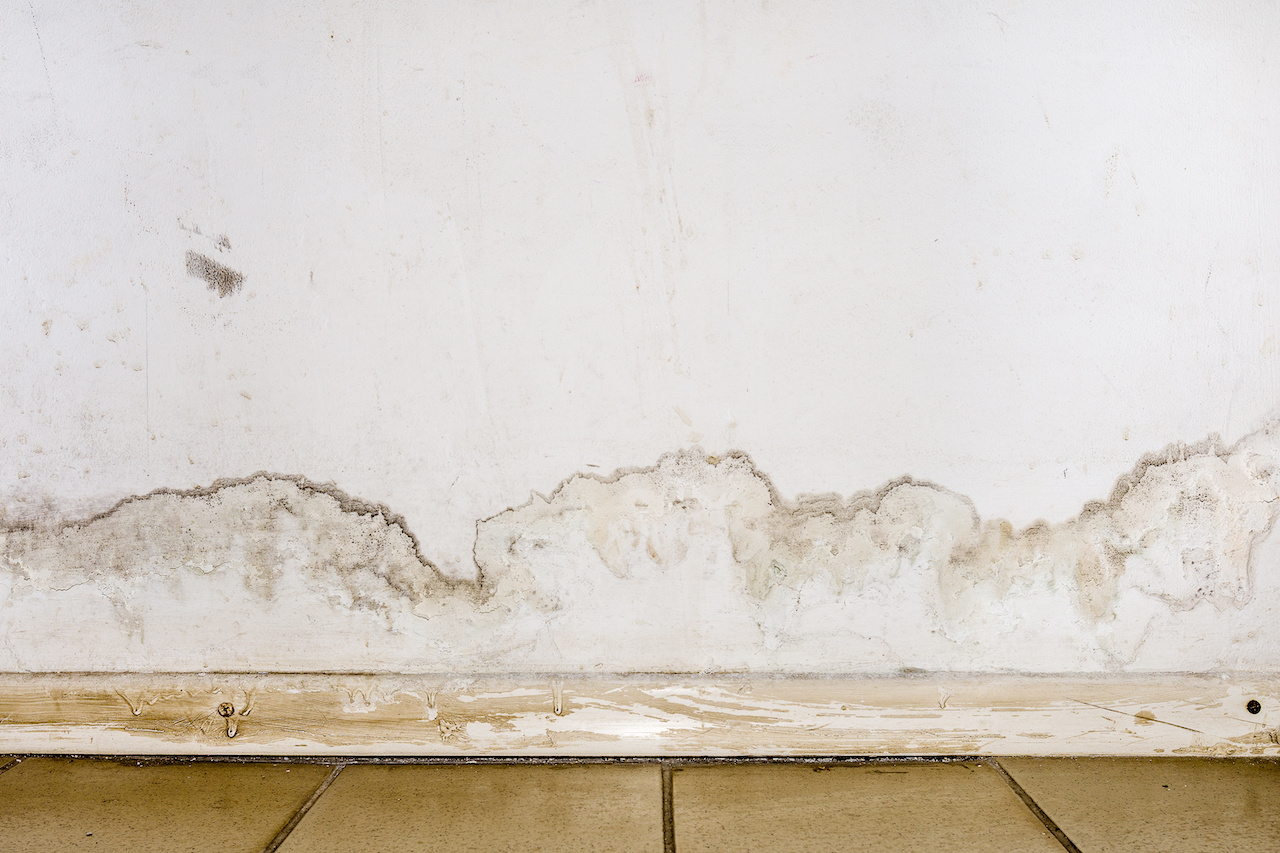Mold is a problem that many homeowners face. It can be unpleasant to look at, but more than that, it can be dangerous to your health. Mold spores are everywhere, and they can grow on almost any surface. If you are concerned about mold in your home, there are several ways that you can assess your mold risk. In this blog post, we will discuss four ways to determine if you have a mold problem.
1. Gather Information
If you think you might have a mold problem in your home, it’s essential to gather information. Do you smell a moldy and earthy scent in your house? Is there any visible mold growth anywhere on the walls, floors, or ceilings?
It’s important to keep notes of any prior events that might have caused the mold. That includes floods, any type of water damage, excessive rain, and so on. If your home has gone through any similar situations, it is pivotal to check for mold.
2. Visual Inspection
Once you are positive that your home is at risk of mold, it’s time for a visual inspection. As its name suggests, this part includes only looking for mold. So, you shouldn’t try to remove it, only establish whether it is there.
To complete this inspection, you should thoroughly check all your walls, ceilings, and floors. Look for water stains on drywall. Pay special attention to exposed floor joists in the basement. Mold growth on joists commonly looks like a whitish/greyish dust. Sometimes it can be yellow or green. Pop your head into the attic to look at the structure with a flashlight. The wood up there should look like clean lumber. Closely look at your carpets, furniture, and curtains, especially in areas that have suffered water damage.
Areas that use water are common places for moisture. Some of these areas include, under sinks, hot water heaters, or a basement where your water pipes run in and out of the house.
3. Check Moisture Levels
Besides doing a visual check, you should also get a hygrometer to see your home’s humidity levels. Generally, acceptable levels range between 30% and 50%, depending on where you live.
If the levels are higher, your home is at risk of mold, even if you cannot spot mold anywhere inside of it. In that case, moving on to step 4 is essential. However, if you spot no mold in step 2 and the humidity levels are normal, you likely have nothing to worry about.
4. Contact a Professional Mold Remediation Company
If your home’s humidity levels are high and you can see or smell mold, you should contact a trusted mold remediation company. Reacting quickly is the key, as is having the right protective equipment and experience.
Thus, you should not attempt to deal with the mold on your own if it is a space larger than 10 square feet. You could put yourself and your family at risk and make the infestation worse. Instead, calling Mold Solutions is the way to go.
We will react promptly and assess your home for visible and hidden mold. We will also give you tips for future prevention and assessments so that your house always remains in pristine condition.
Give us a call, and let’s get to work!








